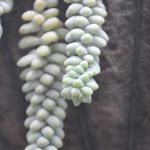Cacti & Succulents
Burros Tail: Growing Donkey Tail Plants
When it comes to naming plants, we often draw inspiration from the animal kingdom. The burro’s tail plant, also known as Sedum morganianum, lives up to its name with its long, trailing stems resembling a donkey’s tail. Its plump leaves add to its visual appeal.
Besides its striking appearance, the burro’s tail succulent is valued for its ability to tolerate drought and shade. While thriving in warm climates outdoors, it can also make a great houseplant in colder regions. This versatile plant complements other succulents and cacti beautifully regardless of the climate.
This comprehensive guide delves into the care of burro’s tail plants and offers insights on nurturing them. With dedication and a bit of patience, you can cultivate a flourishing succulent garden!
Quick Care Guide
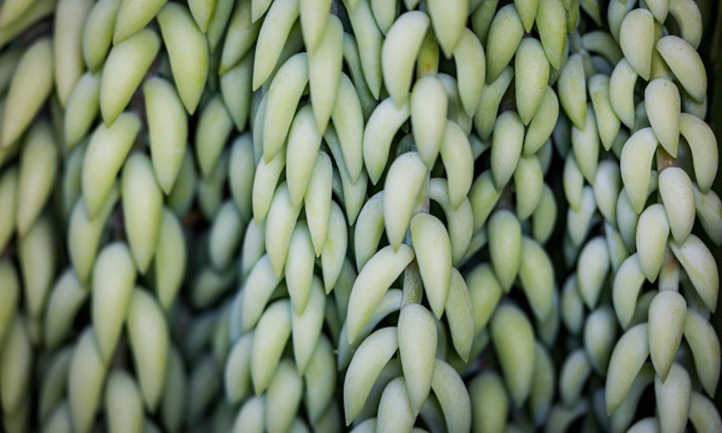

| Common Name | Burro’s tail, donkey tail, horse’s tail |
| Scientific Name | Sedum morganianum |
| Family | Crassulaceae |
| Height & Spread | Stems 3-4 feet long |
| Light | Partial sun light |
| Soil | Well-draining |
| Water | Soak and dry method |
| Pests & Diseases | Aphids, root rot |
All About Burro’s Tail
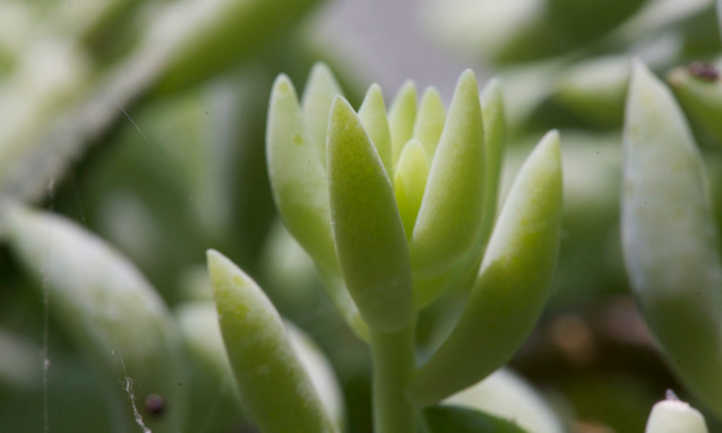

Sedum morganianum, commonly known as burro’s tail, belongs to the Crassulaceae family. This succulent, hailing from southern Mexico, thrives in warm conditions and is a fixture in rocky gardens. Its trailing stems, up to 4 feet long, bear dense, fleshy leaves with a bluish-green hue.
Burro’s tail, a perennial with an evergreen nature, is adorned with vivid pink or red star-shaped flowers. Unlike some succulents, it keeps its blossoms close to its stems. Though known to go dormant in unsuitable conditions, it operates on a unique rhythm compared to typical plants, adjusting its growth cycle based on environmental cues.
If you seek a similar texture to burro’s tail but desire more color, consider the jelly beans plant, a fellow Sedum species featuring vibrant pink tips. While burro’s tail sprawls, jelly beans exhibit a more clustered growth habit.
Care
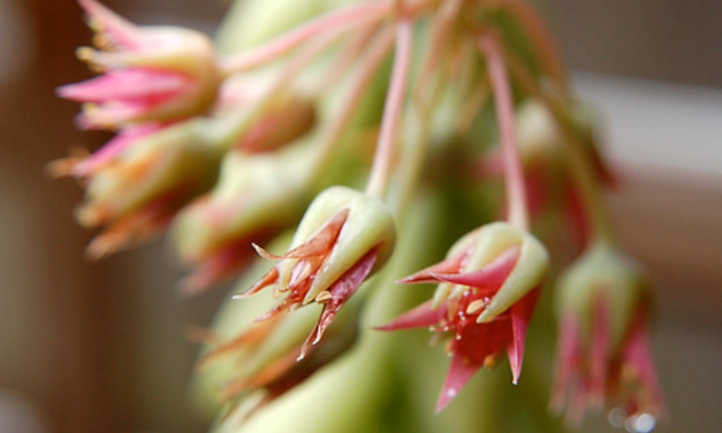

Caring for burro’s tail parallels the care routine for most succulents, with a few key distinctions. Understanding these nuances is essential to ensure your plant thrives in its environment.
Sun and Temperature
Position your burro’s tail where it receives 4-6 hours of filtered sunlight daily. Avoid direct, intense sunlight to prevent leaf burn. While thriving in shade, ensure the plant still gets ample indirect light throughout the day.
Burro’s tail, despite a winter growth cycle, prefers temperatures around 70°F in summer and at least 40°F in winter and spring. Unsupported drops in temperature may prompt the plant to go dormant or suffer damage. Gardeners in USDA zones 9-11 can successfully cultivate burro’s tail outdoors with proper care.
Water and Humidity
Proper watering is crucial for burro’s tail care. Use the ‘soak and dry’ technique commonly applied to drought-tolerant succulents. Allow the soil to completely dry out before giving a generous watering, akin to desert rain. Consider keeping the soil dry for a couple of days before rehydrating.
During the plant’s dormant phase in summer, water sparingly, especially if grown indoors. Always water at the base of the plant to prevent leaf and stem moisture, which can attract pests and diseases.
Soil
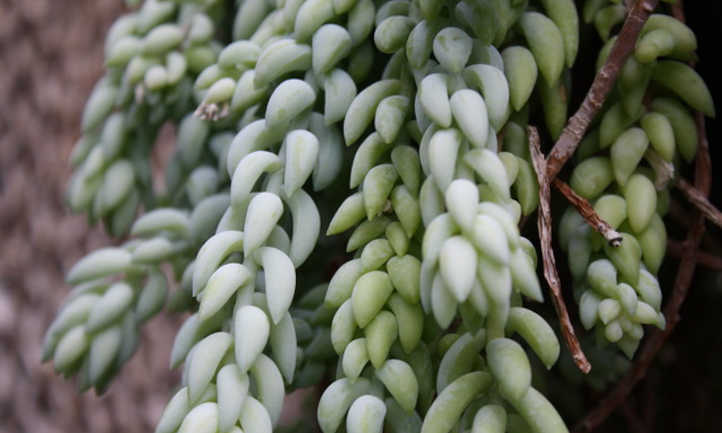
Similar to a desert environment, burro’s tail thrives in sandy, well-draining soil (pre-mixed cactus soil is ideal). Ensure water flows through the soil quickly without pooling on the surface and use a pot with good drainage holes.
The plant tolerates poor soil fertility, preferring slightly acidic to neutral pH levels in its growing medium.
Fertilizing
Fertilizing burro’s tail is optional due to its minimal requirements. If you choose to fertilize, do so lightly with a slow-release, balanced fertilizer at the start of the growing season.
Pruning
Despite being commonly sold in small sizes, burro’s tail can grow quite large (up to 3 feet or more) due to its dense stems, making it heavy. When cultivating in a container, select a sturdy pot that can support its growth, especially if opting for a hanging basket.
Use clean shears to trim back excess stems, keeping them for propagation. Avoid removing more than a third of the plant at once and ensure wounded stems remain dry until healed.
Propagation
Donkey’s tail plants rarely bloom, so vegetative propagation is the primary method. Clip a healthy stem section below a leaf node, remove lower leaves, and allow the stem cuttings to dry for a few days.
Plant the stem cutting in well-drained soil, mist the soil and leaf tips, and maintain consistent moisture for successful root and shoot development.
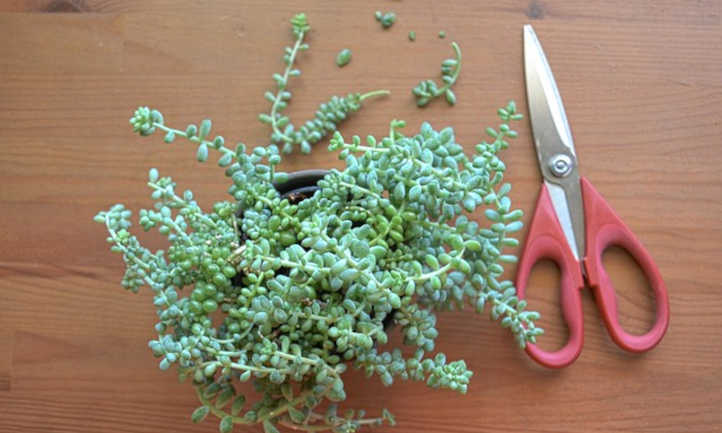
Troubleshooting
Growing Problems
Leaves falling easily off burro’s tail are common but not a cause for concern. Take care when handling to prevent damage, and use fallen leaves for propagation.
Pests
Burro’s tail plants are generally pest-resistant, but if affected, aphids are a common issue. Prevent their presence by maintaining good plant hygiene and use natural remedies if needed.
Diseases
Root rot poses a significant threat to succulents like burro’s tail. Promptly address any signs by removing affected parts and replanting in fresh soil to save the plant.
Frequently Asked Questions
Q: How often do you water burro’s tail?
Q: Is burro’s tail toxic?
Q: How much sun does a burro’s tail need?
Q: Why is my donkey tail shriveling?



